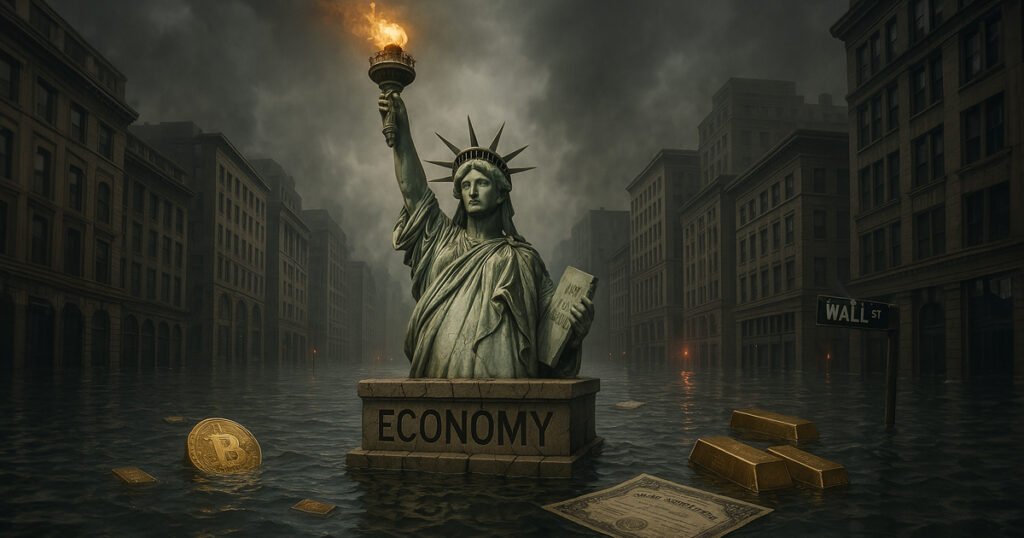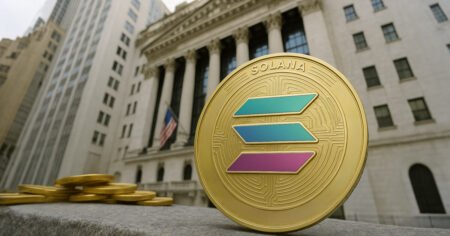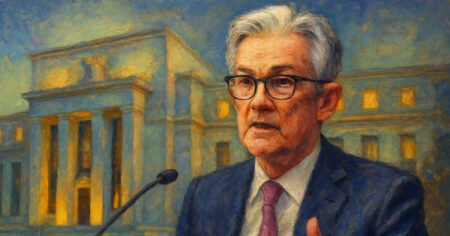The odds of a U.S. recession in 2025 have surged from 42% to 52% on April 3, according to Polymarket. This sharp increase marks the largest single-day rise in recession probability on the prediction market this year. In just 30 days, the chances of a recession have more than doubled, as the odds were at only 21% at the start of March. This significant shift follows the announcement of a new trade policy imposing a universal 10% tariff on all imports, as well as targeted tariffs of up to 48% on goods from 60 countries.
Economists are raising concerns over the compounded economic impact of these tariffs. Rising input costs, fragile supply chains, and declining consumer demand are all contributing to the increased likelihood of a recession. The tariffs introduce inflationary pressure through cost pass-through effects on goods such as electronics, automotive parts, and construction materials. With core inflation already elevated and interest rates remaining high, the added price shocks could suppress real disposable income and erode demand, especially among lower-income demographics.
Supply chain vulnerabilities are also being magnified under the new trade policy. Many of the targeted imports lack domestic production capacity, and rapid onshoring or nearshoring alternatives are not readily available in 2025. This misalignment has led to increased investor skepticism over the policy’s feasibility and economic rationale. Despite the administration’s emphasis on reindustrialization and strategic leverage, analysts have pointed out inconsistencies in the tariff figures used to justify the reciprocal framework, compared to data from organizations like the World Trade Organization and World Bank.
The discrepancy in data has fueled questions about the credibility of the underlying assumptions behind the trade policy, contributing to volatility in prediction markets like Polymarket. The uncertainty surrounding the economic impact of the tariffs has led to a more pessimistic outlook on the likelihood of a recession in 2025. As the odds continue to increase, investors and analysts will be closely monitoring economic indicators and policy developments to assess the potential risks and opportunities in the market.

















